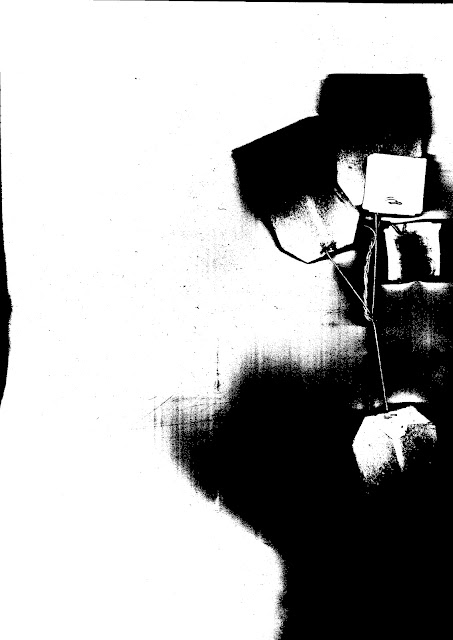Camille Utterback & Romy Achituv 1999
Text Rain is an interactive installation in which participants
use the familiar instrument of their bodies, to do what seems magical—to
lift and play with falling letters that do not really exist. In the Text Rain
installation participants stand or move in front of a large projection
screen. On the screen they see a mirrored video projection of themselves
in black and white, combined with a color animation of falling letters.
Like rain or snow, the letters appears to land on participants’ heads
and arms. The letters respond to the participants’ motions and can be
caught, lifted, and then let fall again. The falling text will ‘land’ on
anything darker than a certain threshold, and ‘fall’ whenever that
obstacle is removed. If a participant accumulates enough letters along
their outstretched arms, or along the silhouette of any dark object,
they can sometimes catch an entire word, or even a phrase. The falling
letters are not random, but form lines of a poem about bodies and
language. ‘Reading’ the phrases in the Text Rain installation becomes a physical as well as a cerebral endeavor.
-----------------------------------------------------------------------------------------------------
I like the artists' unconventional way of portraying a poem and having it be an interactive piece with the audience. I think it's beautiful the way it plays with movement and the delicacy of the falling of text.
A





























